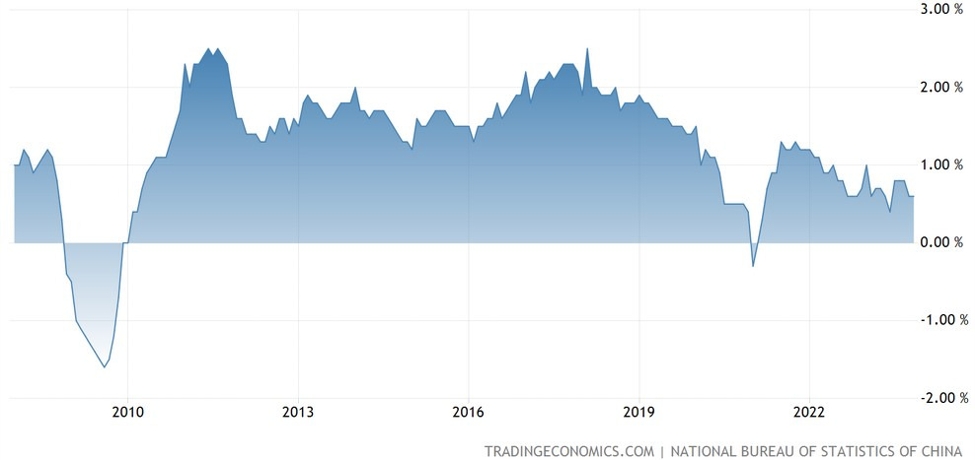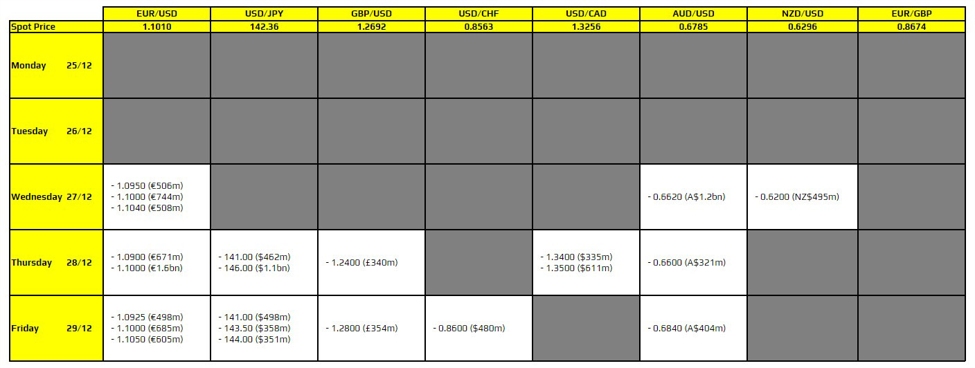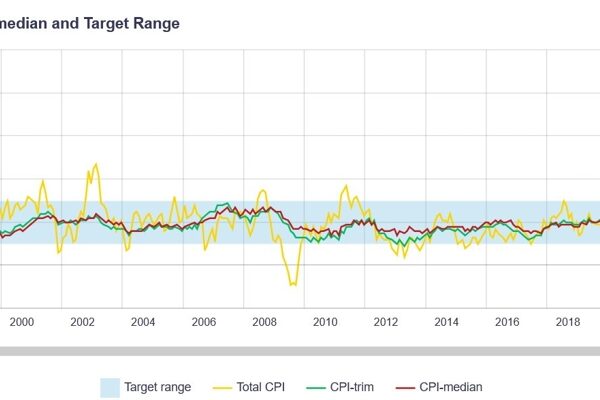Quick take for traders and investors interesting in Nvidia earnings tonight (Wed, 27 August, after market close)
-
NVIDIA stock (NVDA) has drifted +30.6% since its last earnings report.
-
Historically, NVDA’s average drift between earnings announcements is +15.3% with a typical range of about ±16.7%.
-
This cycle’s drift is already above the average drift-to-high of +23.7%, with the current drift-to-high at +32.6%.
-
The numbers highlight a clear case of trader and investor over-enthusiasm compared with historical norms.
-
Extended drift going into earnings does not predict direction, but it does raise the stakes and shape risk.
What post earnings announcement drift means
Post Earnings Announcement Drift (PEAD) is the tendency for a stock to continue trending after earnings until the next report. When a company announces results, investors reassess its value. That process doesn’t finish in one day – it often plays out across weeks or even the full quarter.
Why drift occurs:
-
New information changes the market’s perception of future earnings power.
-
Institutional flows, such as from pensions or mutual funds, take time to reposition.
-
Analysts and media coverage build narrative momentum, reinforcing the trend.
In simple terms, PEAD measures how far a stock has run since the last earnings, both to the upside and downside, giving us a sense of market positioning before the next announcement.
NVIDIA’s drift pattern across the last 12 quarters
Looking at historical NVDA earnings analysis:
-
Average drift since previous earnings: +15.3%
-
Standard deviation (typical variability): ±16.7%
-
Average drift-to-high: +23.7%
-
Average drift-to-low: -15.5%
-
Positive drift cycles: 75% of the time
-
Average earnings-day move: +4.4%
The data show that NVIDIA usually drifts higher post earnings and has delivered positive EPS and revenue surprises in most quarters. Yet, not every cycle is smooth. Some quarters, like February 2024, saw huge drifts (+38.5%), while November 2022 had a negative drift with steep drawdowns.
Where NVDA stands ahead of earnings
This cycle:
-
Drift since May 28 earnings: +30.6%
-
Drift-to-high: +32.6%, well above historical averages
-
Drift-to-low: just -4.5%, far less than the usual -15.5% pullbacks
The message is straightforward: NVIDIA stock is extended compared with its own history. This reflects a buildup of trader excitement and investor over-enthusiasm.
Extended positioning increases both upside and downside risks. If the earnings justify the optimism, NVDA can continue repricing higher. But if the report fails to meet lofty expectations, the stock could retrace quickly.
The common mistake traders make during earnings
A large majority of companies beat earnings expectations. That alone doesn’t drive price higher. The key is the price reaction – especially how NVDA trades after the initial knee-jerk move.
The smarter way to read earnings:
-
Watch how the stock closes on day 1 after results.
-
Track behavior over the next 5 trading days.
-
Check the 2-week trend to see whether stronger market participants are accumulating or reducing exposure.
This tells you far more than the headline EPS beat or miss.
But there is another mistake many investors make before earnings. They freeze, don’t do anything, even if they see a significant down-side risk. They don’t need to panic sell the entire position, but how about asking if the risky event merits taking 10% – 20^ off the table?
Using drift analysis as decision support
For different market participants:
-
Traders already long NVDA – consider how much of the recent drift you’re willing to risk if results disappoint. Risk management may involve trimming, hedging, or setting tighter stops.
-
Flat traders looking for setups – prepare both bullish and bearish scenarios. A continuation pattern would be a strong close on day 1 followed by higher lows into days 2–5. A fading pattern would be a day-one pop that fails to hold.
-
Long-term investors – extended drift does not mean sell, but it is a reminder to check whether position size and horizon match the risk of a volatile earnings cycle.
Bottom line: NVDA earnings analysis highlights over-extension and enthusiasm risk
NVIDIA stock has already gained more than 30% since its last earnings report, well above its historical post earnings drift average of +15.3%. The current cycle has pushed past the average drift-to-high as well, showing clear signs of investor and trader over-enthusiasm.
This does not predict the earnings outcome. It simply frames expectations: the bar is higher, risk is elevated, and the reaction in the next day, next 5 days, and next 2 weeks will tell us how serious market participants interpret the new information.
At InvestingLife.com (formerly ForexLive.com), our role is to provide decision support and intelligent market analysis. NVDA’s extended drift is one such angle – a signal to stay cautious and plan your risk before the numbers hit.
The options market is expecting a 6.4% earnings move (up or down). Trade and invest into NVDA earnings at your own risk.
Visit investingLive.com for additional views.















